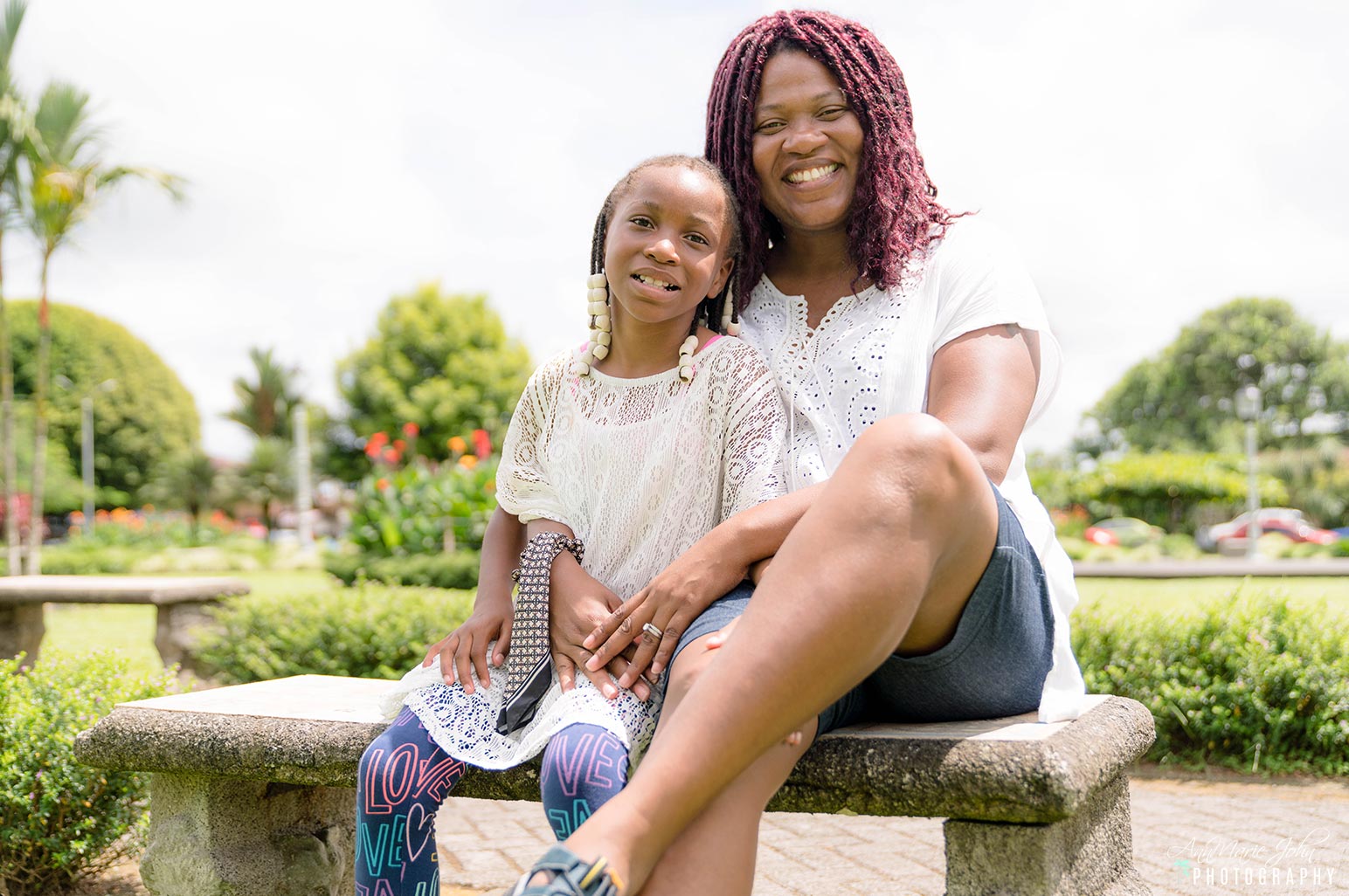It was March 2009, and we had just celebrated my daughters birthday party the weekend before, when I received a phone call that my uncle had suffered from a stroke. What? Wasn’t he just up and walking around while enjoying himself just a few days ago? How did this happen?
This post is sponsored by the American Stroke Association, however, all opinions are mine alone.

At the time, I was in a state of shock. This couldn’t be happening? What were the warning signs? Did he have any beforehand? How could I avoid it from happening to me and/or someone else in my family? What were the risk factors? It was then I started my research and found out that women and African Americans have a higher risk of stroke than other races, and believe it or not high blood pressure was also a leading factor. That put me at 3/3. Not only was I black and a woman, but I had a significant family history of hypertension. I knew that I had to make changes to my lifestyle to lessen my risk.
Yes, there are some risk factors that you can control such as:

DIET
You are what you eat! Eating a healthier diet will improve your risk factors in terms of having a stroke. We all know it, so it’s time that we started using it. Cut back on the fats and sugar, skip the fast foods, and include more veggies, fruits, and water in our diet.
PHYSICAL ACTIVITY
A little exercise is really good for you. Whether it’s taking a brisk 10-minute walk throughout your neighborhood or going for a hike or bike ride. It doesn’t have to be in the gym, so there’s no need to have an expensive gym membership to exercise.
HYPERTENSION
Hypertension or high blood pressure is one of the leading risk factors for a stroke, but it’s easily monitored, and you may remember me sharing why it’s important to monitor your blood pressure. Hypertension is known as a silent killer because, more often than not, you may not realize that you have it, so monitoring it is critical.
DON’T SMOKE – EVER!!
I’m a big advocate of not smoking and have been all my life. Smoking not only reduces your life expectancy, but it’s just downright not good for you or your body. Vaping isn’t either. If you are currently smoking, consider quitting.

There are, however, some risk factors that you can’t control such as:
AGE/GENDER
Believe it or not, women have more strokes and are killed by more strokes than men. While the likelihood of a stroke increases by age, stroke does not discriminate and can happen in adults and children alike, even babies.
FAMILY HISTORY
If you have a family history of strokes, meaning that your parents, grandparents, siblings, etc., have had a stroke, the likelihood of you also having a stroke increases. Especially if they had a stroke before reaching the age of 65.
RACE
As I previously mentioned, African-Americans have a much higher risk of death from a stroke than other races do. Mainly in part because we also have a higher risk of diabetes and hypertension.

Teach your family members, including children, the FAST test to check for the most common symptoms of a stroke.
FACE: Does one side of the face droop or uneven when asked to smile? Is the face numb?
ARMS: Ask then to raise both arms. Is the arm weak or numb? Does one arm drop?
SPEECH: Check for slurred speech. Ask them to say a short phrase and check for slurred or strange speech.
TIME: If you answered yes to any of the above questions, call 911 immediately and notate the time when symptoms first began.

DO YOU KNOW THE SYMPTOMS?
Strokes don’t always happen suddenly. There may be gradual symptoms before it happens. Here are a few to take note of:
- Feeling of numbness or weakness in the arms, legs, face, especially on one side.
- Trouble understanding others and difficulty with speech
- Dizziness
- Trouble with vision, not being able to see in one or both eyes
- Balance and/or coordination difficulty.
- Headaches that appear for no reason
If you have any or all of these symptoms, call 911 immediately, even if you’re unsure that you’re having a stroke.

BE PREPARED
Every year, thousands of Americans suffer from strokes, and it can happen to anyone at any time. However, planning for such an event can make a world of difference. Reduce the risk factors that you can reduce, learn the warning signs, and let your friends and family learn them too. Teach your family members, friends, and children the FAST test and wear a medical bracelet that identifies your medical condition, allergies, and medications that you’re taking if necessary.
And to learn more about strokes be sure to visit stroke.org.
